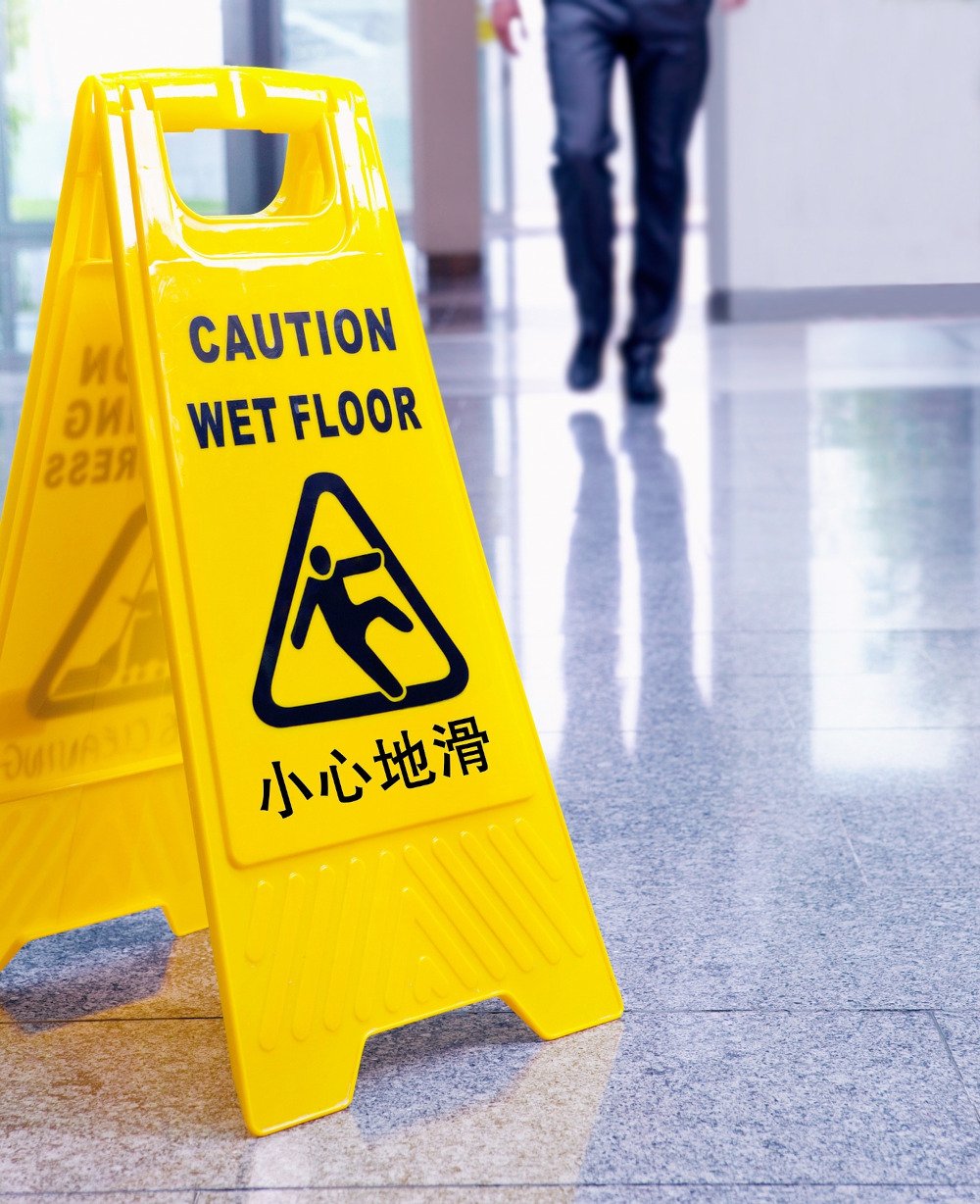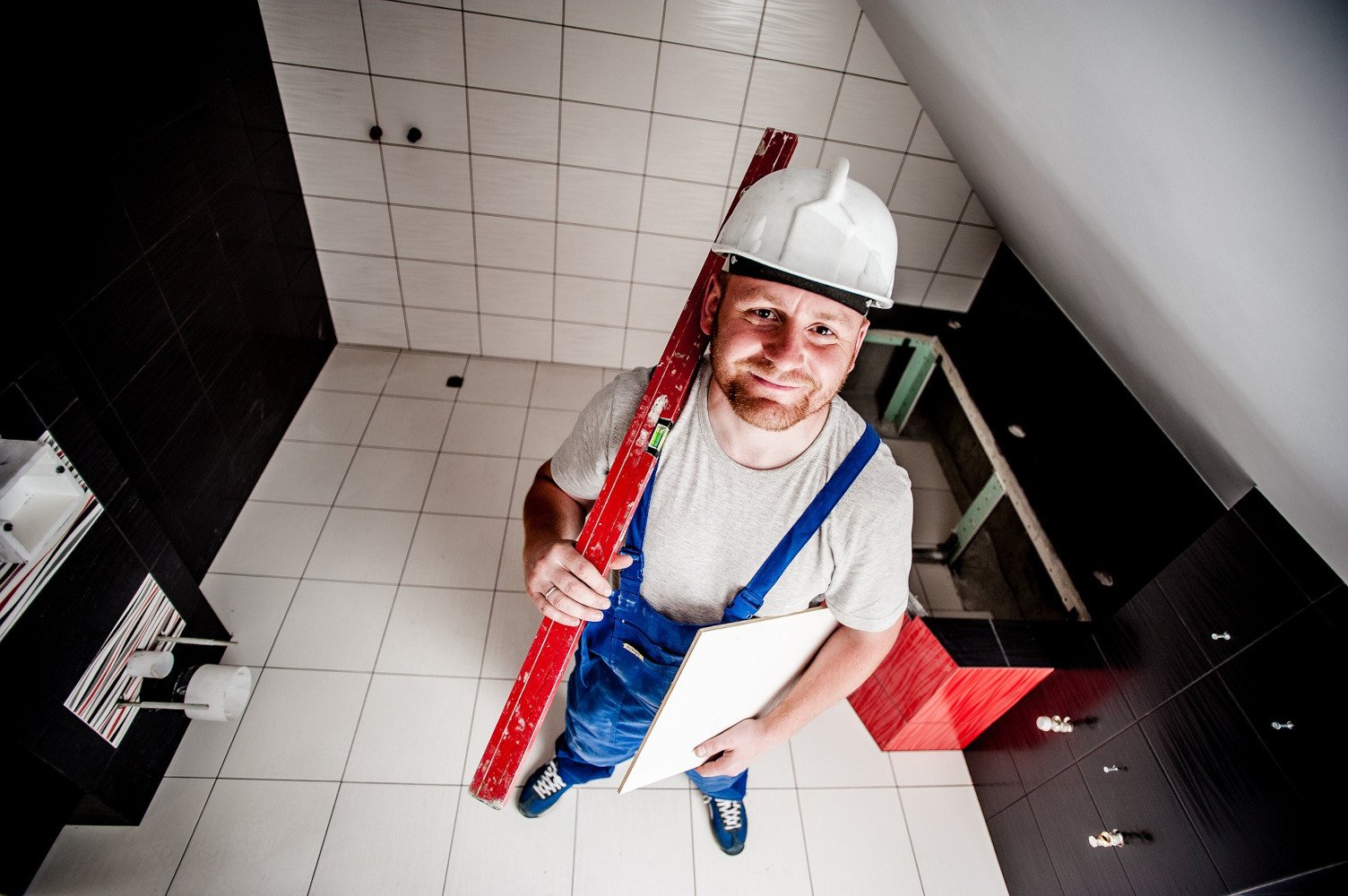
Work shoes and safety shoes are among the essential equipment for professionals in industry, medicine or the kitchen who are used to working on smooth floors, see wet. In addition to the different protections that they can bring to the feet, they are the determining factor that allowsto avoid the fall risks. Depending on theworking environment, it is therefore essential to wear appropriate shoes. Let’s see the various categories non-slip shoes.
The different levels of grip
To classify grip performance of a shoe, it is subjected to tests. They are characterized by two types : The test on ceramic floor and the test on steel floor. The achievement of these tests place a shoe under one 7 ° angle and then apply a force of 500 N (equivalent to the pressure of the human step). On the surface from ceramic floor, liquid of laurylsulfate de sodium is added. Likewise on the steel floor with glycerine. Those liquids serve to imitate slippery situations that can be found on various work places.
In both cases, two measurement movements are carried out: one of the heel forward, the other to flat forward. These procedures grant a dynamic friction coefficient. The work shoes (standard EN ISO 20347) and of security (standard EN ISO 20345) can thus be organized respecting the following conditions :
|
Surface |
Ceramic floor |
Steel floor |
||
|
Lubricant |
Laurylsulfate de sodium |
Glycerine |
||
|
Foot position |
Flat forward |
From heel to front |
Flat forward |
From heel to front |
|
Standard requirement |
≥ 0,32 |
≥ 0,38 |
≥ 0,18 |
≥ 0,13 |
Gliding standards
The measure death coefficients thus allows the standards EN ISO 20347 and EN ISO 20345 to indicate the necessary conditions so that a shoe can be considered as non-slip on the affected soils. A additional standard can then be given to the shoe. We award three types :
– SRA: Certifies that the shoe is non-slip on a ceramic floor covered with water and detergent (sodium lauryl sulfate).
– SERB : Certifies that the shoe is non-slip on a steel floor coated with glycerin.
– SRC: Certifies that the shoe fulfills the adhesion conditions Standards MS and SERB.

Make the right choice of non-slip shoes
The work shoes and of security can therefore be divers types et s’adapt to needs multiple working environments. the worksite will ask for safety shoes non-slip to notched soles for a increased grip on loose floors, rocky Where muddy. The food production will prefer shoes to grippy soles on greasy and wet soils. The medical sectors or from cuisine prefer work shoes not shelled, but which do not slip on the hospital floors or from restaurants.
In addition to shoes, it is also possible to opt for overshoes non-slip. They can be used for visitors at a workplace for example. Overshoes are an effective way to provide classic shoes the anti-slip properties defined above.
Maintenance of the soles
Grip standards aren’t everything. If some elements are coming obstruct the grooves of a sole (mud, gravel, dirt or others), this will have the effect of decrease anti-slip capabilities shoes. It is therefore important to ensure theinspection and at regular cleaning from soles to keep these security properties. The deformations, l’usual wear or the degradation are also factors which can reduce grip performance. It is then advisable to change your pair of shoes accordingly, to always be fitted with secure way on places that require it.

Depending on your needs, your work shoes or safety shoes can be non-slip according to additional standards MS, SERB and SRC. Each soil type has his shoemost suitable grip. This nomenclature that we have just seen for shoes of types EN ISO 20347 and EN ISO 20345 will allow you to choose your equipment as well as possible, this to avoid as much as possible fall risks on the slippery floors.

